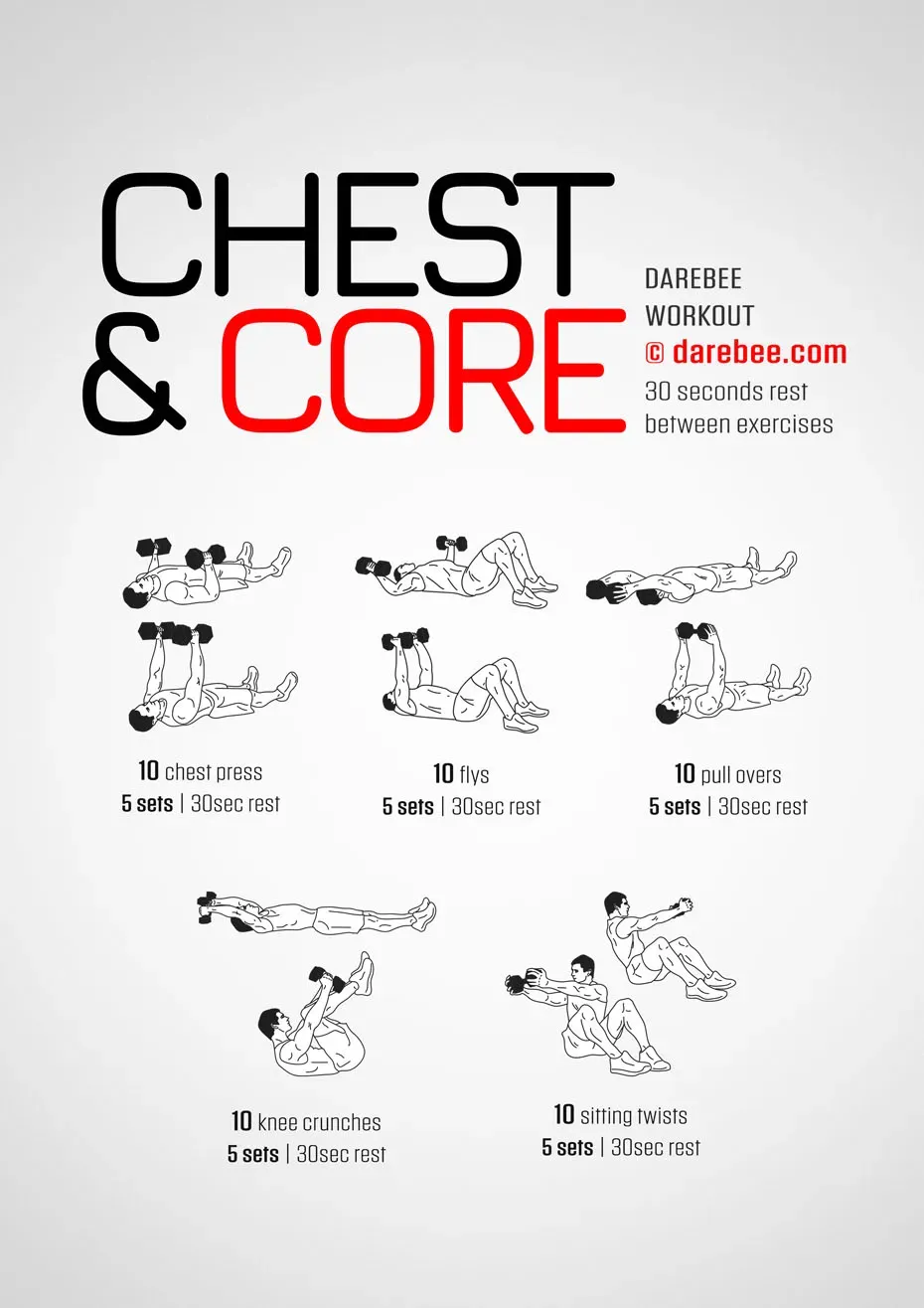Table of Contents
Maybe hitting the gym feels like a logistical nightmare, or perhaps you just prefer the comfort of your own space. Whatever the reason, building a strong chest and solid core without fancy equipment might seem like a tough nut to crack. Forget that notion. You absolutely can build significant strength and definition right where you are, using nothing but your own bodyweight.
Understanding Your Chest and Core Muscles
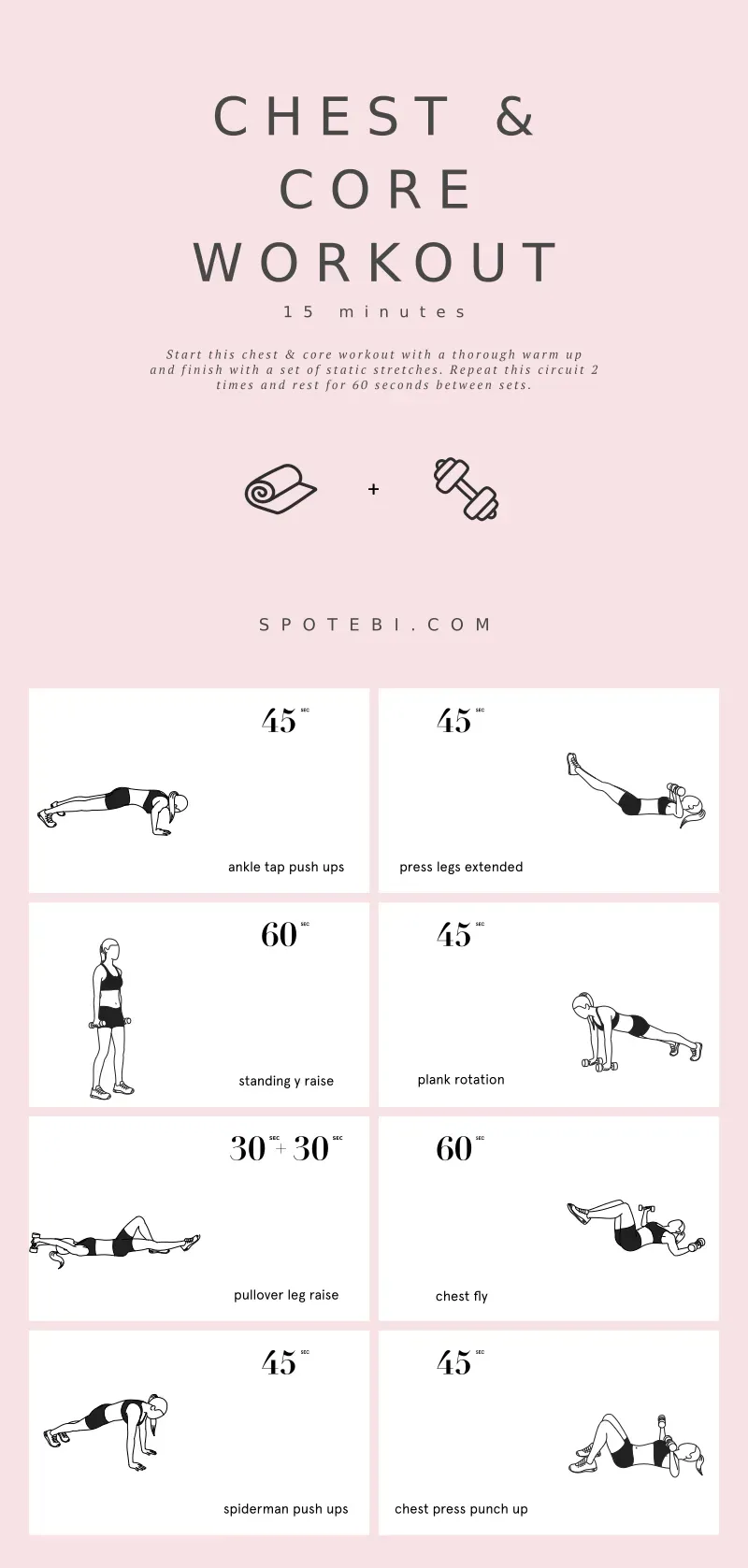
Understanding Your Chest and Core Muscles
Know Your Pecs: The Chest Powerhouse
so you want to build a solid chest at home? Great choice. First, let's talk about what we're actually working. Your chest is primarily made up of two muscles: the Pectoralis Major and the Pectoralis Minor. Think of the Pectoralis Major as the big fan-shaped muscle covering most of your upper chest, the one that gives you that broad look. It’s involved in pushing movements, like pushing a door open or, you guessed it, doing a push-up.
Underneath that, closer to your ribs and shoulder, is the Pectoralis Minor. It's smaller but still important, helping with shoulder movement and overall chest stability. When you’re doing different push-up variations, you’re hitting these muscles from slightly different angles, which helps build a more balanced and defined chest. Understanding Your Chest and Core Muscles starts with recognizing these key players.
Why Your Core is More Than Just Abs
Now, let's shift gears to the core. Most people think "abs" when they hear core, and yes, your rectus abdominis (the six-pack muscle) is part of it. But your core is a whole system: your obliques (side muscles), transverse abdominis (deep abdominal muscle acting like a natural weight belt), lower back muscles, and even muscles around your hips and pelvis. This system acts as your body's central stabilizing unit.
Why does this matter for your chest workout? Because a strong core provides the stability you need to perform chest exercises like push-ups effectively and safely. Without a solid core, your body sags, your form breaks down, and you put unnecessary strain on your joints. Working your core isn't just about looking good; it's fundamental to functional strength and getting the most out of your at home chest and core workout.
So, to recap, the main muscle groups we're focusing on for an at home chest and core workout include:
- Pectoralis Major (Upper Chest)
- Pectoralis Minor (Lower Chest/Shoulder Stability)
- Rectus Abdominis (The "Abs")
- Obliques (Side Abdominals)
- Transverse Abdominis (Deep Core Stabilizer)
- Lower Back Muscles
Essential At Home Chest and Core Workout Exercises
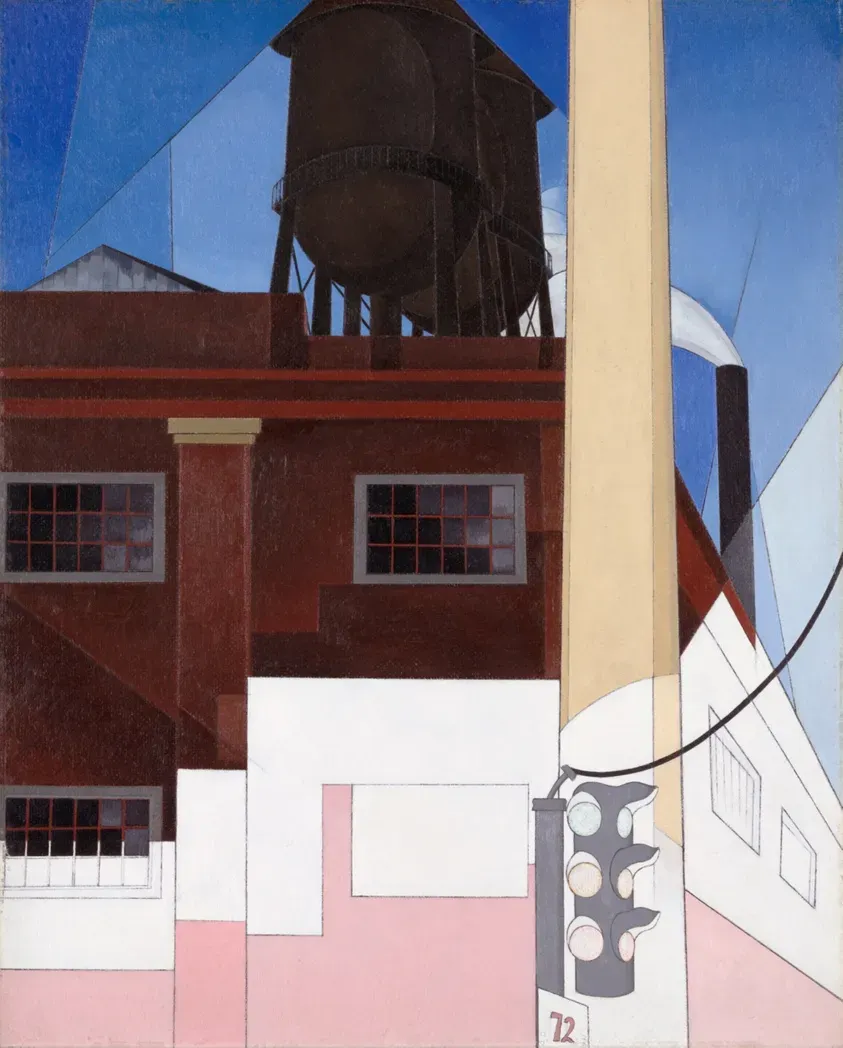
Essential At Home Chest and Core Workout Exercises
Building the Foundation: Push-Ups and Core Basics
Alright, let's get down to the nuts and bolts of your at home chest and core workout. When you think bodyweight chest, the first thing that pops into mind is probably the push-up. And for good reason! It's a powerhouse move that hits your chest, shoulders, triceps, and yes, your core, all at once. Starting with the standard push-up is key. Make sure your hands are slightly wider than shoulder-width, fingers pointing forward, body in a straight line from head to heels. Lower your chest towards the floor, keeping those elbows tucked slightly, and push back up. It sounds simple, but maintaining that rigid body plank throughout is where the core work kicks in big time. If a full push-up is too tough right now, dropping to your knees is a perfectly valid starting point. The goal is to build strength and control.
Adding Variety and Intensity
Once you've nailed the basic push-up, it's time to mix things up to keep challenging those muscles and target different areas. Wide push-ups put more emphasis on the outer chest, while diamond push-ups (hands close together forming a diamond shape) absolutely torch your triceps and inner chest. To really engage your core and add a dynamic element to your at home chest and core workout, try Spider-Man push-ups, bringing your knee towards your elbow on the same side as you lower down. For core-specific work that pairs perfectly with your chest routine, plank variations are your best friend. A standard plank held for time builds isometric strength, while side planks hit those obliques. Leg raises, lying on your back and lifting your legs, work the lower abs effectively.
Here are a few essential exercises to include:
- Standard Push-Ups
- Wide Push-Ups
- Diamond Push-Ups
- Plank
- Side Plank
- Leg Raises
Level Up Your At Home Chest and Core Workout
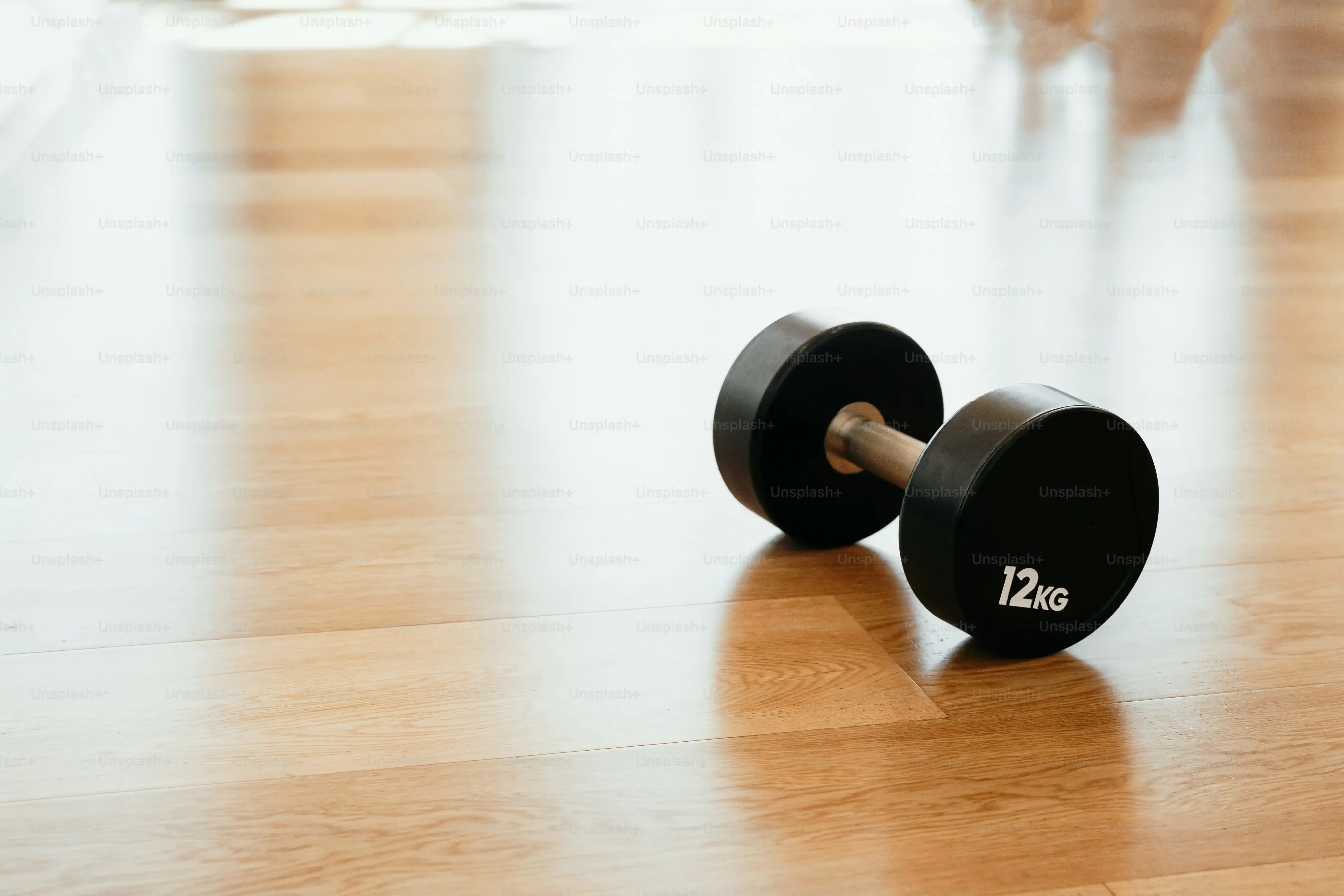
Level Up Your At Home Chest and Core Workout
Beyond the Basics: Adding Challenge
so you've been crushing those standard push-ups and planks, feeling stronger, maybe even seeing some definition. Awesome! But eventually, you'll plateau if you don't keep challenging your muscles. This is where you start getting creative with your at home chest and core workout. Think about elevating your feet for decline push-ups – even just a chair or a stack of books makes a huge difference, shifting more work to your upper chest and shoulders. Try pseudo planche push-ups, where you lean your body weight forward over your hands; it's a brutal core and chest builder. For your core, hanging leg raises (if you have a pull-up bar or sturdy beam) are fantastic, or bicycle crunches done slowly and controlled. The key is finding ways to increase the resistance or the difficulty of the movement.
Another way to level up is by slowing down the tempo. Instead of just pumping out push-ups, try lowering yourself really slowly (maybe count to three or four) before pushing back up explosively. This increases time under tension, forcing your muscles to work harder. Or, incorporate isometric holds – like holding the bottom position of a push-up for several seconds. These techniques might not look as flashy as high reps, but they build serious strength and muscle control, making your Level Up Your At Home Chest and Core Workout sessions much more effective.
Consistency and Progressive Overload
Listen, the secret sauce to any workout, especially an at home chest and core workout, isn't just doing fancy moves; it's showing up consistently and applying progressive overload. That just means gradually making your workouts harder over time. How do you do that with bodyweight? You can do more reps, add more sets, reduce rest time between sets, or move to a harder variation of an exercise. If you started with knee push-ups, work towards full ones. If you can do 10 full push-ups, aim for 12 next week, or try doing them with your feet elevated. For core, hold your planks longer or try tougher variations like plank jacks or mountain climbers.
Tracking your progress is huge here. Keep a simple note on your phone or a small notebook. Jot down the exercises you did, the number of reps or how long you held a plank. Seeing those numbers go up, even slightly each week, is incredibly motivating and gives you a clear path forward. Don't expect miracles overnight, but consistent effort, coupled with smart progression, will absolutely Level Up Your At Home Chest and Core Workout and get you noticeable results.
Here's a quick way to think about progression:
- Increase Reps (e.g., from 10 to 12)
- Increase Sets (e.g., from 3 to 4)
- Decrease Rest Time (e.g., from 60s to 45s)
- Perform a Harder Variation (e.g., Knee Push-up to Full Push-up, Full Push-up to Decline Push-up)
- Improve Form (e.g., maintaining a straighter body line)
Common Questions About At Home Chest and Core Workouts
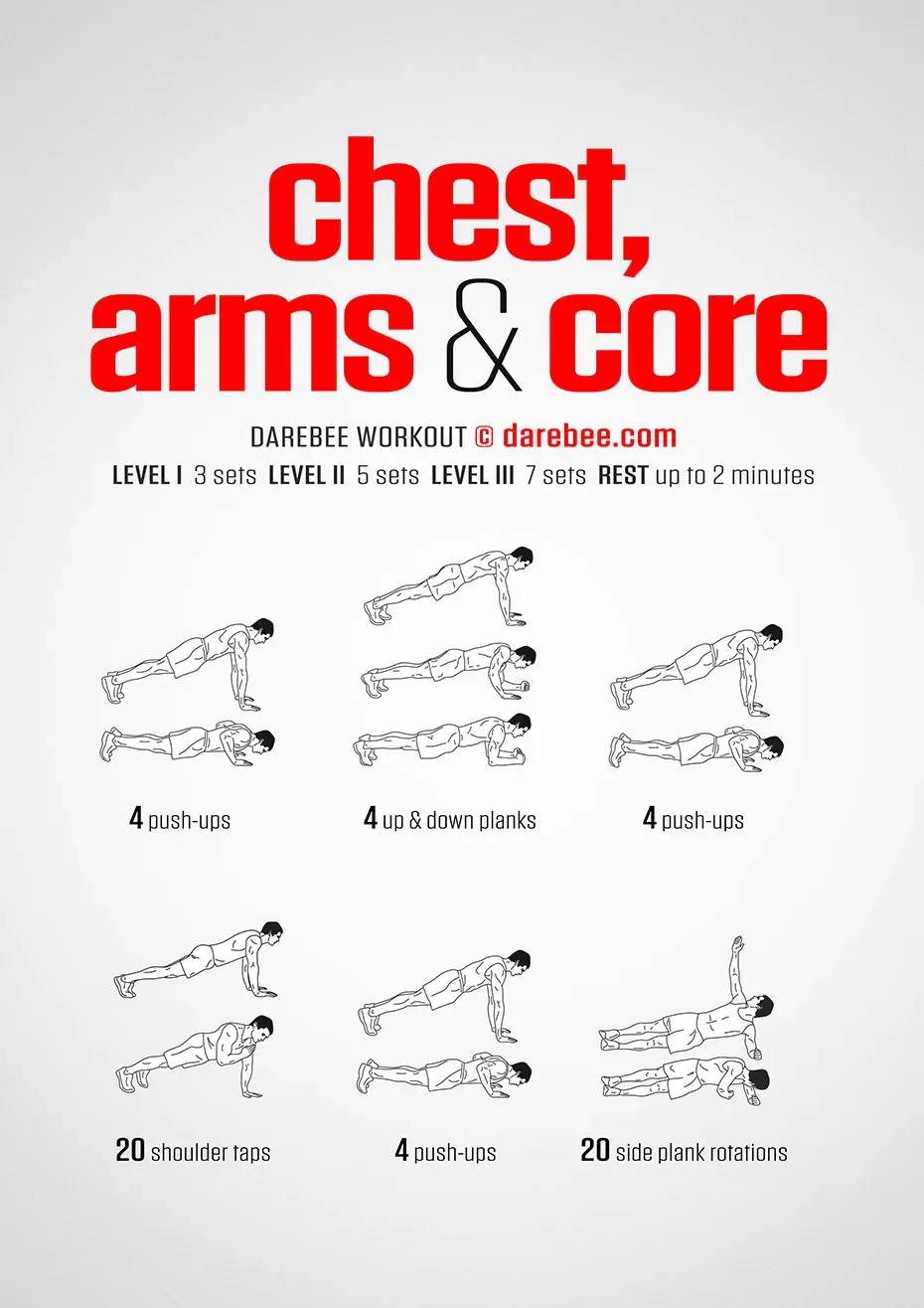
Common Questions About At Home Chest and Core Workouts
Addressing Your At-Home Workout Concerns
So, you're probably thinking, "Can I *really* build a decent chest and core just using my bodyweight?" It's a fair question, especially when you see folks bench-pressing small cars at the gym. The short answer? Yes. You won't become a competitive bodybuilder overnight, but consistent, challenging at home chest and core workout sessions absolutely build strength, endurance, and noticeable muscle definition. Another common worry is hitting a plateau. What happens when standard push-ups become too easy? That's where the variations we discussed come in – decline push-ups, plyometrics, slower negatives. The key is continuously applying progressive overload, even without adding external weight. Don't get hung up on needing equipment; focus on mastering the movements and increasing the intensity with what you have: your body.
What's the best frequency for these workouts? Aim for 3-4 times a week, allowing a rest day between sessions for muscle recovery. Your muscles grow when they repair, not when you're constantly hammering them. Pay attention to your body; if you're feeling overly sore or fatigued, take an extra rest day or do a lighter session. Nutrition and sleep play massive roles too; you can't out-train a poor diet or lack of rest, no matter how perfect your at home chest and core workout plan is.
A common question that pops up:
"How long until I see results?"
Honestly, it varies. Some people notice changes in strength and muscle tone within 4-6 weeks of consistent effort. Others might take a bit longer. Factors like your starting fitness level, consistency, diet, and genetics all play a part. Just stick with it, focus on improving your performance in each workout, and the aesthetic results will follow.
Your At-Home Strength Journey Continues
Building a strong chest and core doesn't require a gym membership or expensive gear. As we've seen, your bodyweight is a powerful tool. By consistently applying the right techniques and challenging yourself with variations, you can forge serious strength and definition right from your living room. This at home chest and core workout isn't just about looking good; it's about functional strength that carries over into everyday life. Keep pushing, keep refining your form, and watch the results come.
